The principle of the tensioning system for PVC membrane structure fabric is to achieve the optimal amount of tension in the fabric to create a stable, wrinkle-free, and aesthetically pleasing membrane structure. This tensioning system is essential for maintaining the structural integrity and appearance of the fabric structure. The primary principles of the tensioning system include:
1. Balanced Tension: The tensioning system aims to evenly distribute tension forces across the entire PVC membrane fabric surface. This balanced tension minimizes wrinkles, sagging, and uneven loads on the support structure.
2. Prevent Sagging: Proper tension prevents the fabric from sagging, ensuring that it maintains the desired shape and appearance. Sagging can create pockets where water can accumulate or where excess stress may develop.
3. Wind Resistance: Adequate tension helps the fabric withstand wind forces by keeping it taut and preventing excessive movement, flapping, or billowing. This reduces wind-induced stress on the fabric and support structure.
4. Snow Load Support: In regions with snowfall, the tensioning system ensures that the fabric can support the weight of accumulated snow without deformation or damage. Tensioning helps maintain the structural integrity of the fabric under snow loads.
5. Fabric Longevity: By maintaining proper tension, the tensioning system can extend the lifespan of the PVC membrane fabric. Over time, fabric may naturally stretch or relax, so a system that allows for adjustments is beneficial.
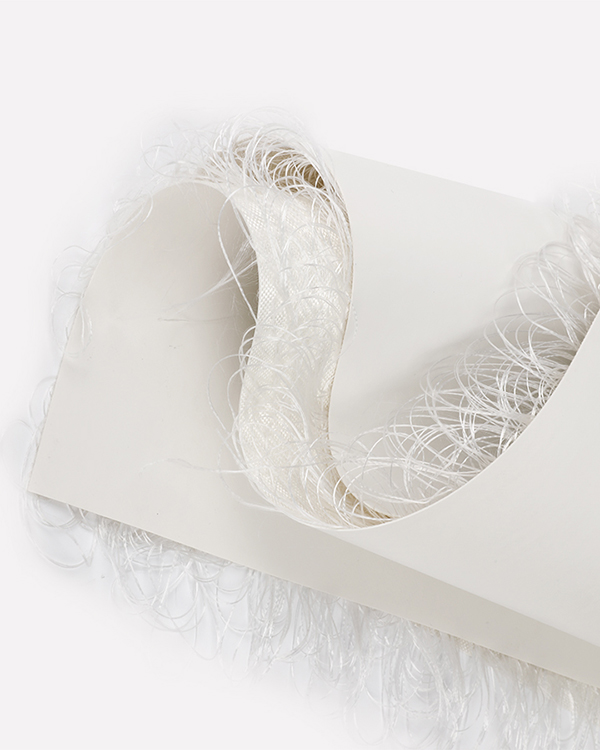
6. Load Transfer: The tensioning system works in conjunction with the support structure to transfer loads (e.g., wind, snow, rain) from the fabric to the support elements (columns, beams, trusses). Proper tension ensures efficient load transfer.
7. Adjustability: Some tensioning systems are designed to be adjustable, allowing for periodic re-tensioning as the fabric ages or as environmental conditions change. This adjustability can help maintain the desired tension level over the structure's lifespan.
8. Fabric Attachment: The tensioning system typically includes attachment points, often located at the perimeter of the fabric, where tensioning forces are applied. These attachment points may be anchors, cables, or other hardware specifically designed for this purpose.
9. Compatibility: The tensioning system must be compatible with the specific PVC membrane fabric being used. Different fabrics may have unique tensioning requirements based on their elasticity and stretch characteristics.
10. Structural Stability: Ensuring that the fabric maintains proper tension is critical for the overall structural stability of the membrane structure. Excessive or insufficient tension can compromise the structural integrity and safety of the system.
The tensioning system for PVC membrane structure fabric is engineered to strike a balance between providing stability, load-bearing capacity, wind resistance, and aesthetic appeal. The specific design and implementation of the tensioning system should align with the unique requirements and environmental conditions of each membrane structure project. It plays a crucial role in achieving the desired functional and visual characteristics of the PVC membrane structure.



 English
English 中文简体
中文简体 русский
русский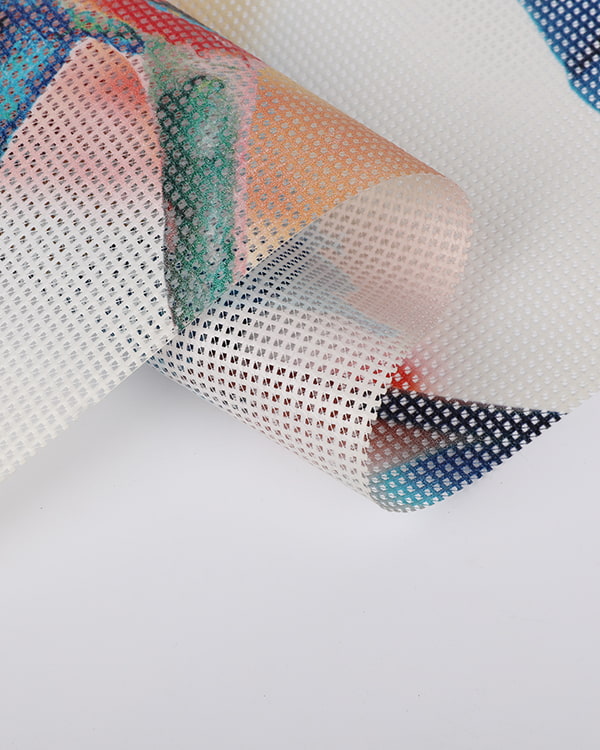
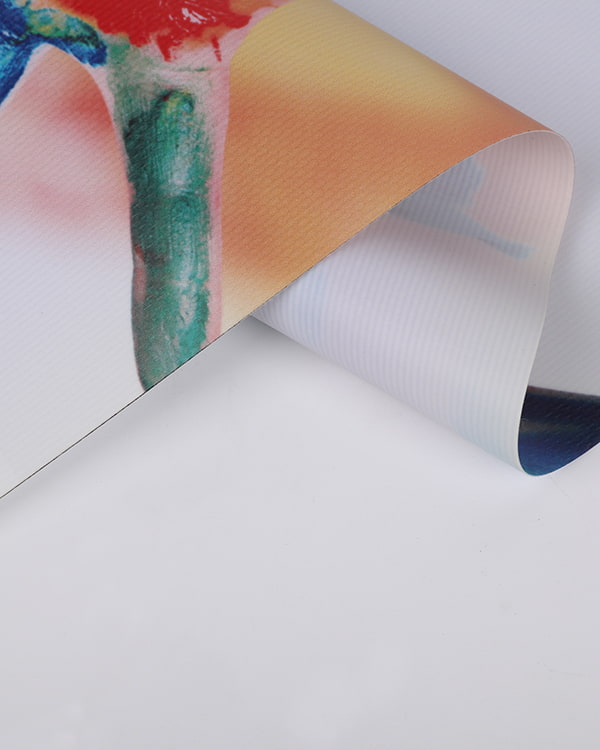
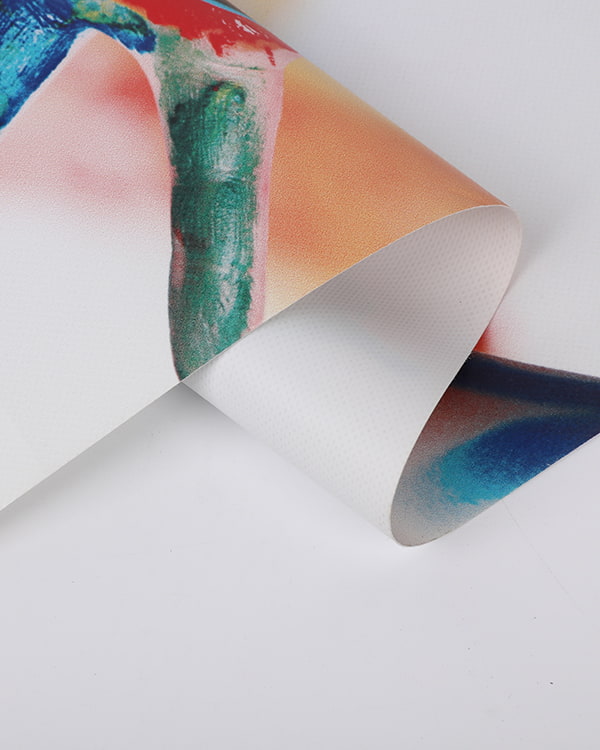
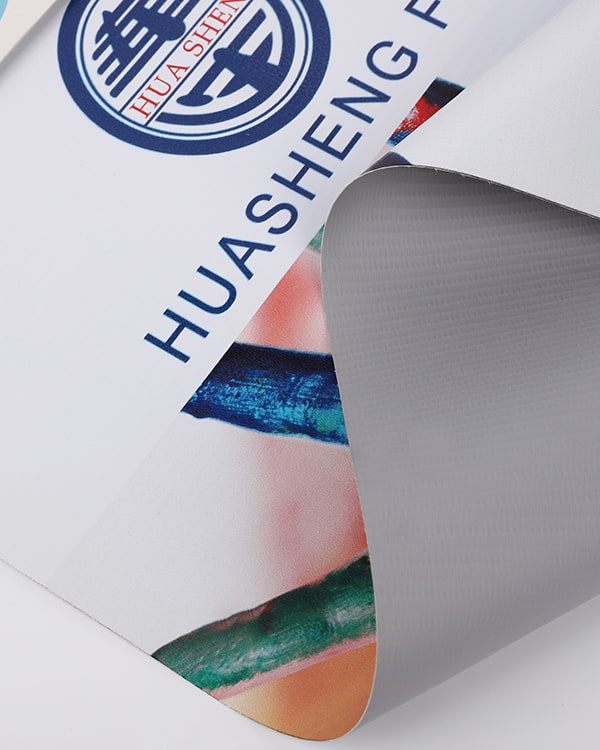
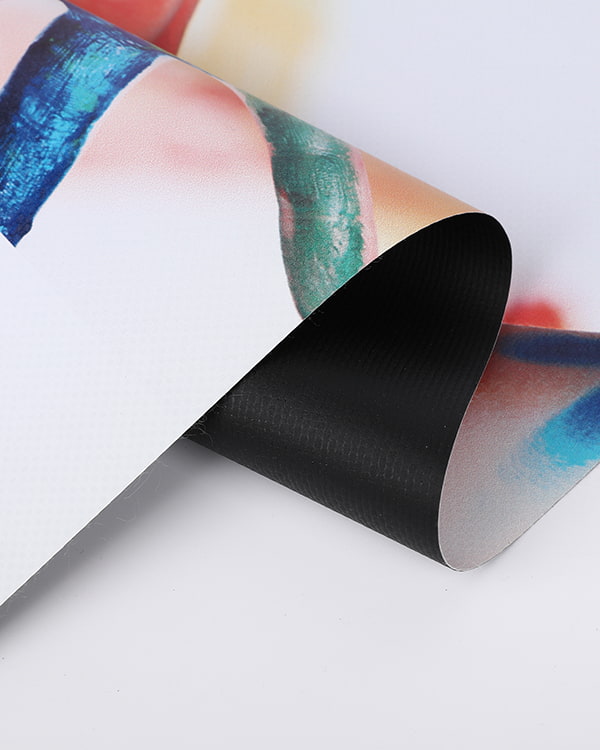
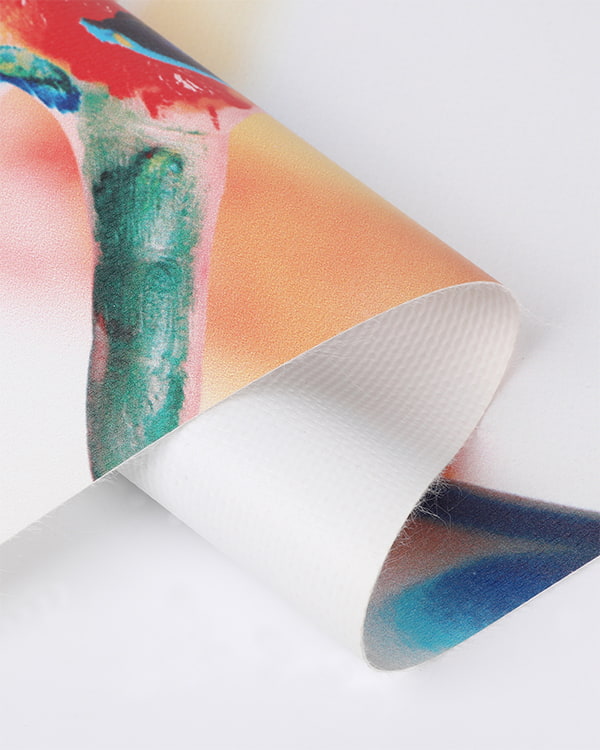
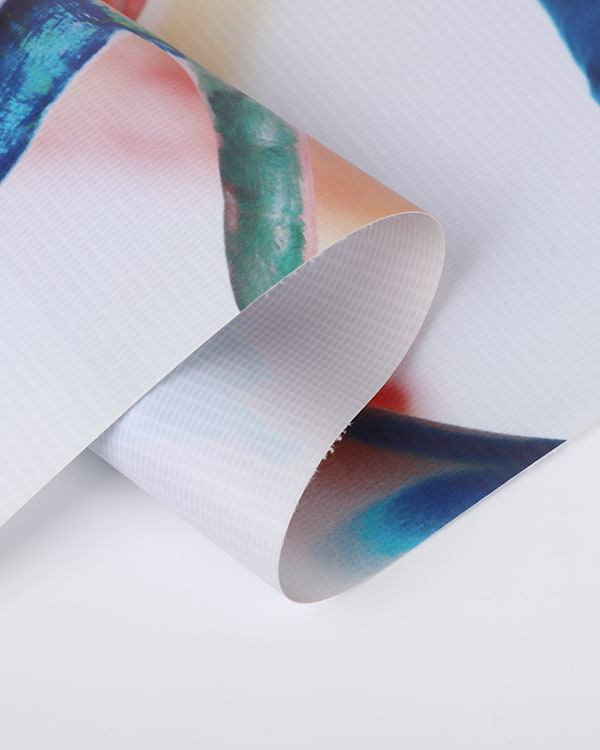
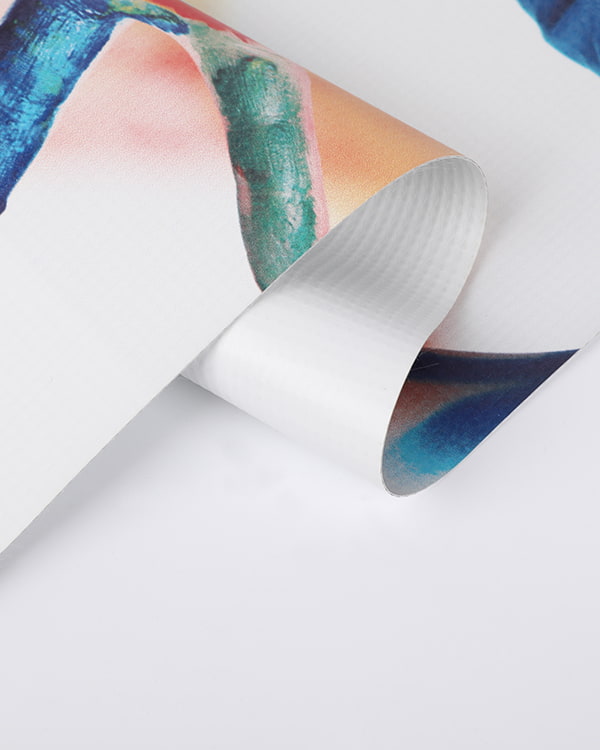
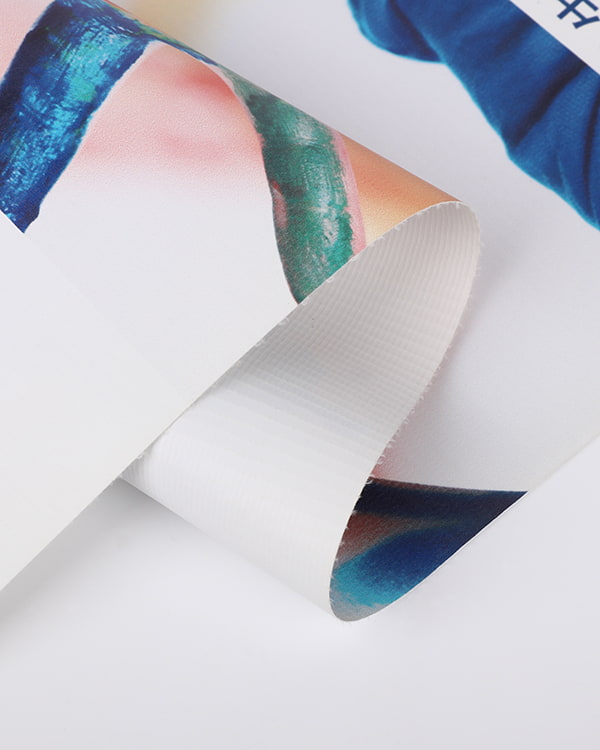
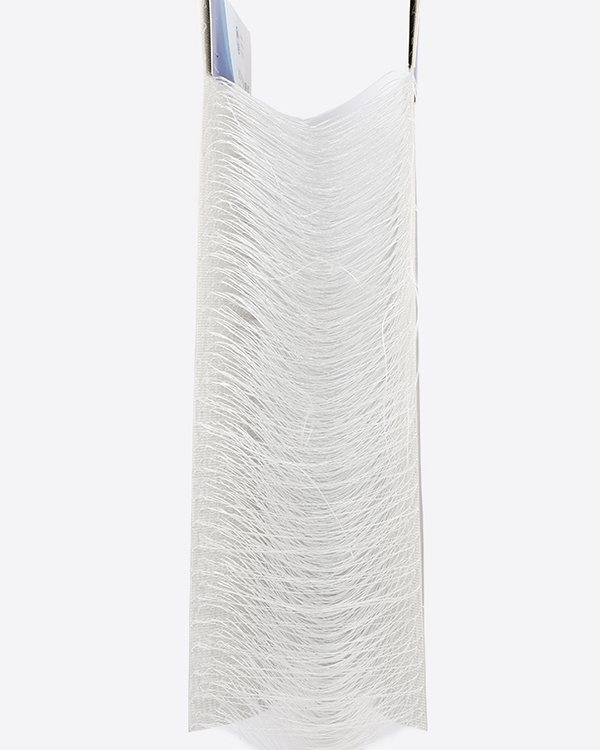
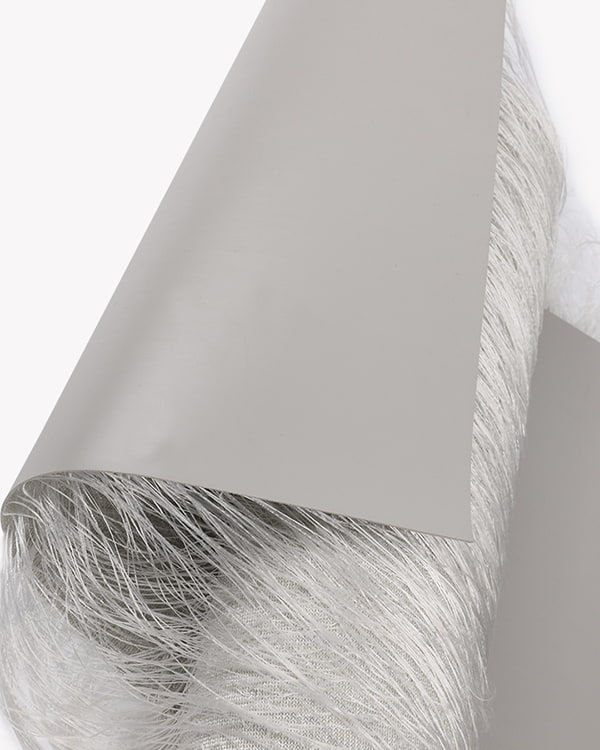
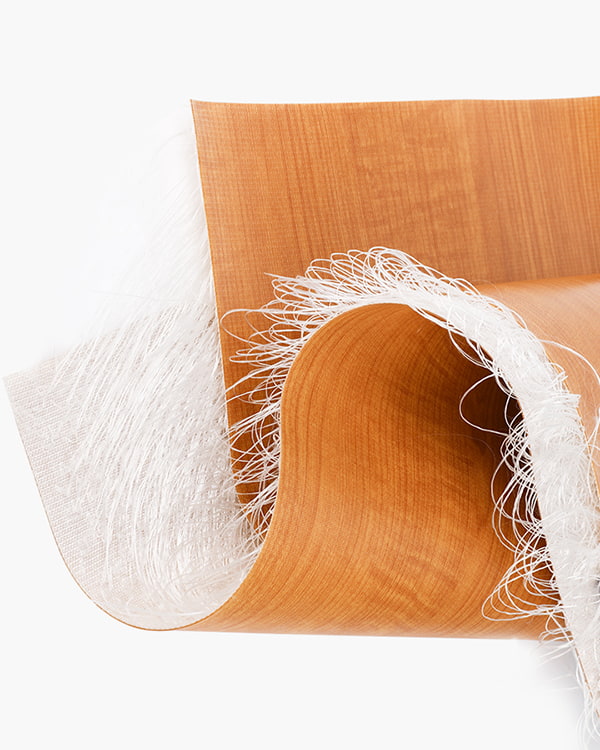





 浙公网安备33048102240301
浙公网安备33048102240301